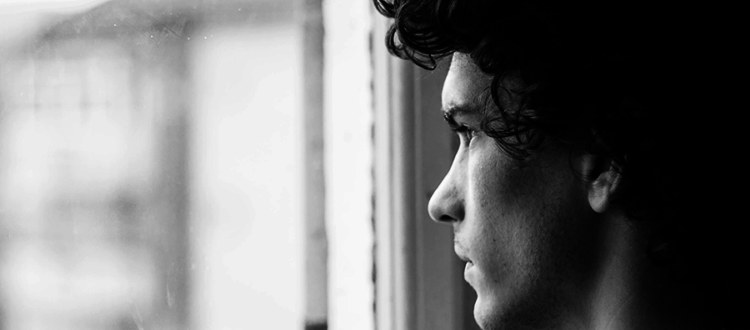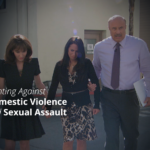The Truth About Domestic Violence Shelters
As executive director of Laura’s House, I can say that one of our greatest challenges is overcoming the public misconception that domestic violence shelters are synonymous with the “homeless shelters” portrayed in the media. The image of cots lined up in a dirty gymnasium floor is often what comes to mind when clients and members of the community think of a “shelter” and unfortunately, this misconstrued image creates unnecessary safety risks for survivors of domestic violence and their children.
In my experience, I’ve witnessed how this misconception has created a barrier which prevents those in need from entering a shelter program to remain in a dangerous environment. They often believe the shelter will be no better, or possibly worse, than their current living situation. At Laura’s House, our goal, through outreach and education, is to ensure that an accurate understanding of domestic violence shelters and the services we offer become a part of the public conversation. With this knowledge, we all can be advocates in the fight against domestic violence.
So, what is a domestic violence shelter? I feel strongly that “seeing is believing,” which is why we invited Robin McGraw, the Dr. Phil show and its viewers in for an unprecedented virtual tour of our emergency shelter. Residents and their children have their own rooms and a clean, safe facility in a confidential location. Being in a safe place allows these women to put themselves first and make their own decisions about what they want for themselves and their children. Residents cook together, children can play outside and everyone participates in activities, like family fun night. Over their 45-day stay, residents benefit from a comprehensive range of services designed to help them cope, process and move forward. Laura’s House services include group and individual therapy, legal assistance and case management services to assist clients in becoming financially independent and securing long term housing. Through this experience, domestic violence survivors learn and understand within a group setting that they are not alone and that it is possible to survive and thrive beyond what they have endured.
For those that leave violent and abusive relationships, the degree of trauma they have experienced is not always apparent. Clients who have been in survival mode for some time may see those effects rise to the surface after they give themselves the chance to exist without having to live in constant fear. Our shelter staff is always available to listen, support and validate a client’s feelings and experiences. Though the process of escaping and starting over can be daunting, our clients can find the skills and tools they need to move forward toward an empowered future of their own making – free of domestic violence.
Since our segment aired on Dr. Phil in October, we are pleased to see that we were able to take part in changing the misconception about what living in a domestic violence shelter is like. Several women told us that seeing the reality of what we could offer gave them hope that they could change their lives, too.
By raising awareness and educating the community, Laura’s House hopes to move closer to world free of domestic violence. To learn more about our programs and services, or if you or someone you know needs help, visit www.laurashouse.org.
By: Margaret Bayston
Margaret Bayston, the CEO and executive director of Laura’s House, first began volunteering in the Laura’s House legal advocacy department in 1997. With more than 15 years of experience, Margaret has taken the organization to an operating budget of $2.7 million and revenue of more than $3 million annually. Margaret was born in Yorkshire, England, graduated from University of Leeds and was a Fellow of the Institute of Legal Executives. She now resides in Orange County, California with her husband.


